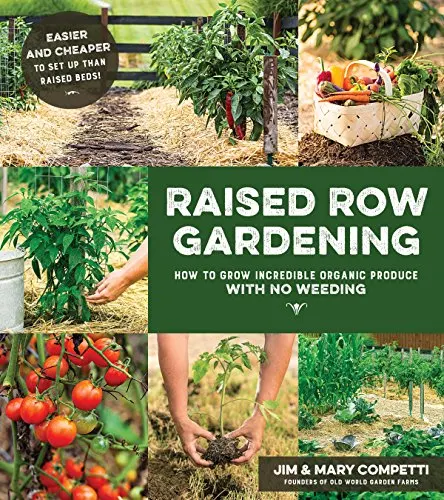Is a weedless garden, or at the least, a nearly weed free garden really a possibility? The answer is YES! And best of all, it doesn’t require an army of workers, or endless hours spent pulling weeds!
Every year, as garden season begins to heat up, the questions roll in. How can I keep weeds from overtaking my vegetable garden? And what can I do to cut down on weeding chores?
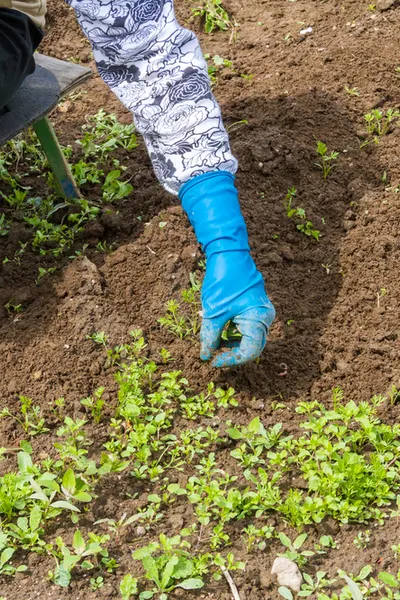
Believe it or not, maintaining a weed-free or nearly weedless garden doesn’t require massive amounts of labor or effort. In fact, it really doesn’t involve anything more than implementing a few simple weed-creating and weed-stopping methods.
Methods that can reduce and even eliminate weeds and weeding chores without hardly lifting a finger. And what could possibly be better than that? Here is a look at 5 huge keys to eliminating weeds in the garden – for good!
5 Simple Tips To Create A Weedless Garden
#1 Stop Tilling
Many of the weeding problems faced by gardeners result from overworking the soil. And the biggest culprit when it comes to that issue is the rototiller!
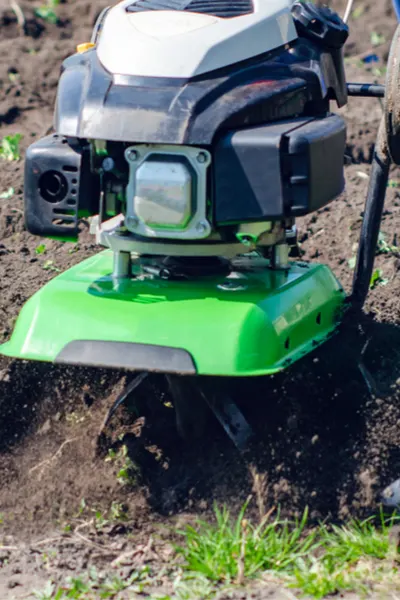
There are a host of weed seeds sitting on top of the soil. All simply waiting for a chance to be “planted” in the soil below. And believe it or not, it is the ol’ rototiller that comes to their rescue time and time again.
An annual spring ritual for many gardeners is tilling the garden. And every time that occurs, it helps to create a season-long battle with more weeds than ever before.
The same goes for every time a rototiller is fired up during the growing season to “till under” weeds between rows. Unfortunately, it only helps in creating even more weeds in the coming weeks.

It becomes a never-ending cycle that is not only a huge waste of time and resources, but one that destroys a soil’s healthy structure.
However, as you will see with the next secret, there is a much better answer that involves mothballing the rototiller for good!
#2 Mulch, Mulch And More Mulch In The Garden
Mulching a garden correctly is one of the easiest and most effective methods for creating a weedless and healthy garden!
The simple truth is this: bare soil = weeds, and lots of them!

Bare soil allows blowing and drifting weed seeds to find a home. A home where they can sprout and put down roots. But when you use mulch to protect the soil, the seeds that find their way into the garden can’t find an easy path to the soil.
A heavy layer of mulch also helps suppress existing weeds and weed seeds already buried in the soil below. Even more, it insulates the soil and helps to retain moisture – both of which are huge keys in helping vegetable plants develop to their maximum potential.
A Powerful Combination Of Garden Mulch
We use a combination of mulch in our vegetable garden to keep the soil covered and powered year round. It is actually the entire basis for our low-maintenance Raised Row Gardening technique, one that creates better yields, with tremendously less work!
In our walking rows we use a heavy 4 to 6 inch layer of shredded bark. In the growing rows, we use a 2 to 4 inch combination of compost, straw and shredded leaves. And from late fall to early spring, we use cover crops to keep the soil protected and replenish the nutrients as well.
This combination of both traditional and living mulches keeps the soil covered from start to finish. And in the process, all but eliminates weeds to create a wondrous weedless garden! See : How To Raised Row Garden
#3 Stop Hoeing And Turning Garden Soil & Mulch
We have already talked about the issues of tilling when it comes to weeds. But what many gardeners don’t realize is that hoeing and disturbing the soil is also a huge factor in creating more weeds as well.
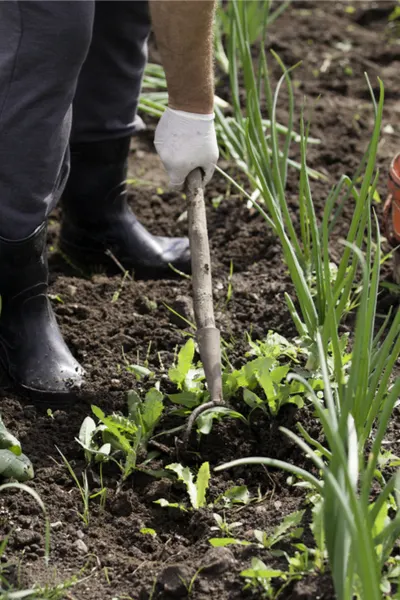
Every time a hoe or spade is used around plants, weed seeds on the surface find a home to sprout. The same goes for disturbing the layer of mulch on top by raking or turning.
Instead of hoeing weeds and disturbing the soil, garden maintenance should be limited to simply pulling the few weeds that appear, and occasionally applying new mulch when needed. See: How To Create The Perfect No Till Garden
#4 Fall Cover Crops
We mentioned cover crops earlier, but now it’s time to see just how much they help in creating a weedless garden.
Cover crops planted in the fall keep the garden soil covered from incoming weed seeds, all while rejuvenating the soil below. They also add organic matter to the soil, help fix nitrogen levels for the following season’s crops, and help to keep soil from eroding from rain and snow.
But best of all – they ELIMINATE the need from ever needing to use a rototiller again!
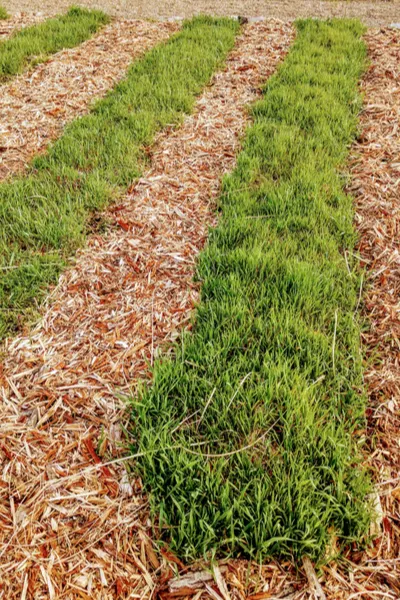
Fall planted cover crops can simply be mowed off and planted through in the spring. That means soil never has to be disturbed, and moreover, weeds NEVER find their way to sprout.
We haven’t tilled our garden in 8 years now. And every year, the soil becomes more fertile, and produces less weeds. So much so that the entire garden has truly nearly become weedless. See: The Raised Row Garden Book
#5 The Every Day Approach To Gardening – A Little Goes A Long Way
Finally, if you truly want a weed-free or nearly weedless garden, a consistent approach is a must. And it doesn’t need to be hours upon hours of everyday work.
A simple 5 to 10 minute a day stroll through your garden is the best line of defense for total weed control.

But remember that spending 70 minutes once a week in the garden is not the same as spending 10 minutes each and every day of that week. Weeds and the problems they cause multiply at a fast rate when left for days on end.
Pulling a few weeds from a mulched garden will take just a few minutes of work every day. But left to go for days or even weeks, those problems multiply exponentially. 5 to 10 minutes every day goes a long way!
Here is to having a weedless and productive garden this year – Happy Gardening – Jim and Mary
Jim and Mary Competti have been writing gardening, DIY and recipe articles and books for over 15 years from their 46 acre Ohio farm. The two are frequent speakers on all things gardening and love to travel in their spare time.
As always, feel free to email us at thefarm@owgarden.com with comments, questions, or to simply say hello! You can sign up for our free email list in the subscribe now box in the middle of this article. Follow us on Facebook here : OWG Facebook. This article may contain affiliate links.


